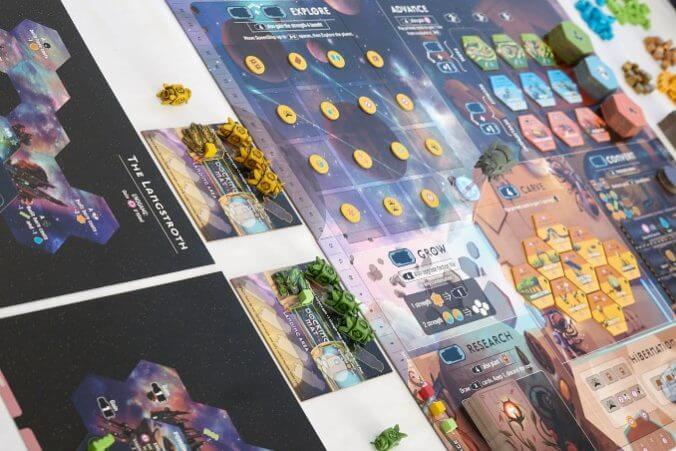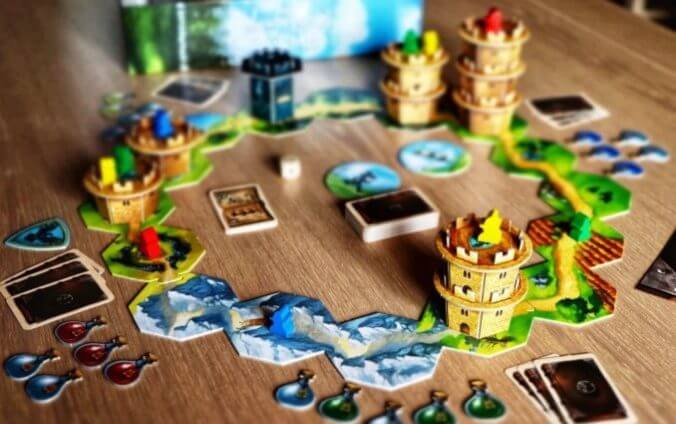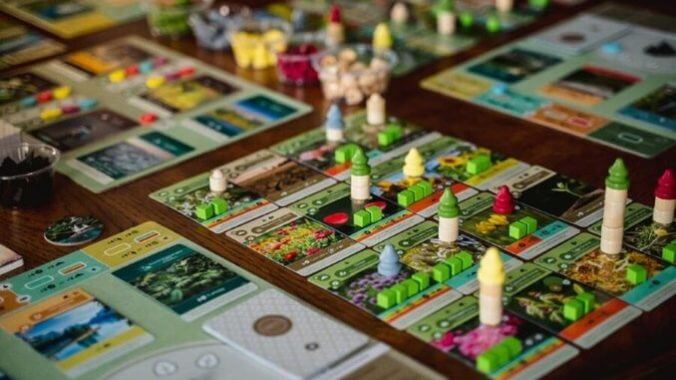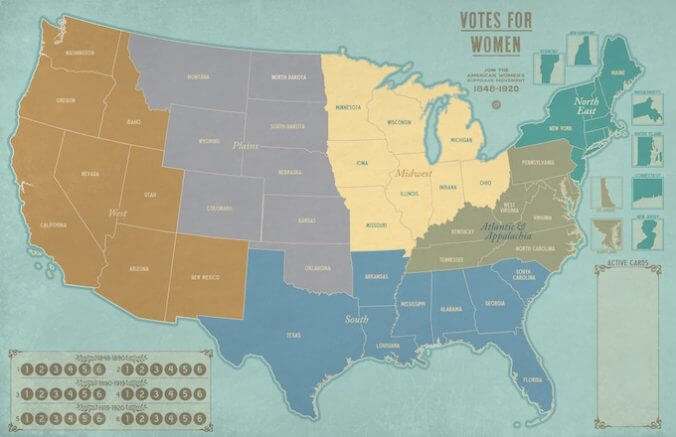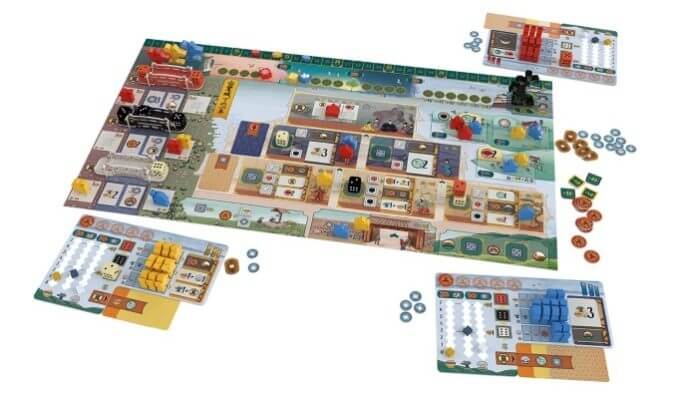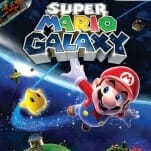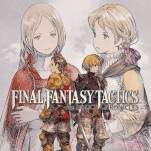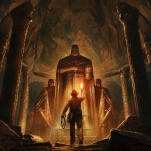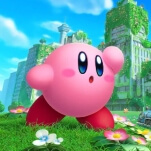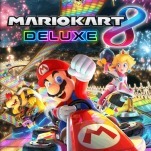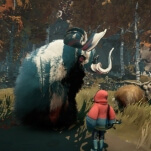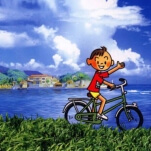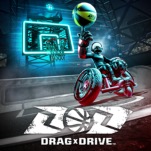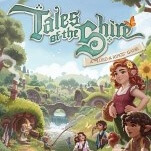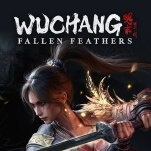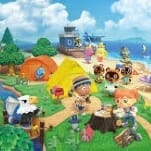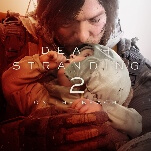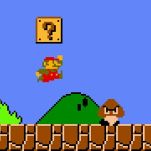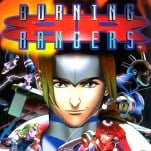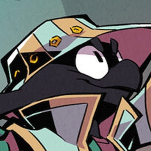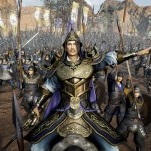The Best Board Games of 2023
All images courtesy of the respective game publisher.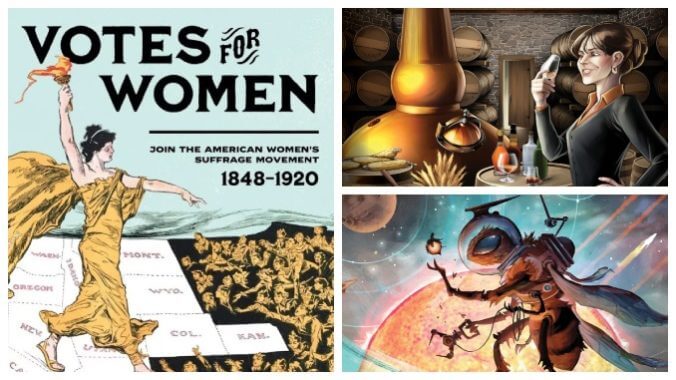
The 2023 board game slate turned out to be as good as ever, with attendance at conventions like Gen Con and Essen breaking even pre-pandemic records, and more new games coming out than your humble reviewer could possibly play. I had a harder time than usual limiting this list to 10 titles, and even more so deciding which game of the top three deserved to be my #1 game of the year. After much deliberation and passionate internal debate here’s my most up-to-date ranking of the 10 best new board games of 2023, having played two new ones just this past weekend, along with a long list of honorable mentions at the end.
10. Distilled
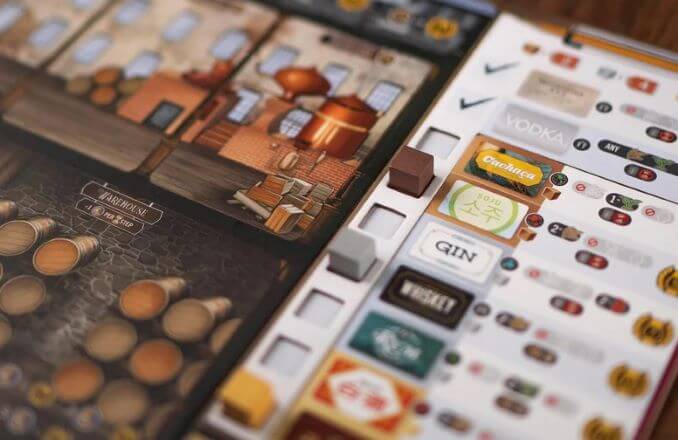
The best new heavy game of 2023, Distilled takes the art and science of liquor distillation to the tabletop, although my preferred strategy of just making rum forever turns out to not be a winning one. Players will indeed acquire ingredients to craft different spirits and may choose to age them for more points while also spending proceeds to upgrade their equipment or just buy better inputs. The game takes place over seven rounds, so you have a fixed amount of time to craft and sell your products, and have to balance short-term needs like income against long-term plays for more points from aging your spirits for more flavor. It’s a big presence on the table with beautiful art and components, and plays about 30 minutes per player. It just edged out Barcelona as the best heavier game I played this year.
9. 3 Ring Circus
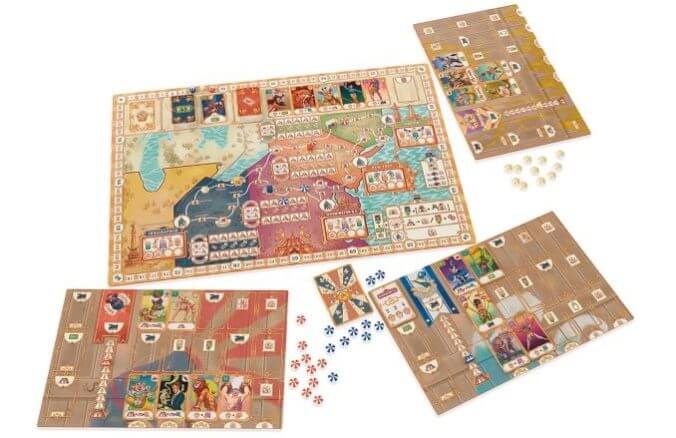
3 Ring Circus pits players against each other as operators of small-time traveling circuses in their heyday, with Ringling Brothers’ own traveling show moving around the map as well to mark the progress of the game and award the biggest bonuses. Players will put on shows in small towns to make money and use that to buy cards for new performers, playing them to their player boards for points, money, or other benefits, then moving on to do shows in medium towns and cities for even bigger rewards. There’s some area control on the map that’s determined when the Ringling Brothers caravan hits one of the big cities, some hand management as you decide which cards to spend as cash and which to play, and some strategy in how you move around the board to get to certain locations before your opponents. It plays easier than you’d expect from the rules and components, especially once you’ve gotten the first play out of the way and learned some of its quirks.
8. Fit to Print
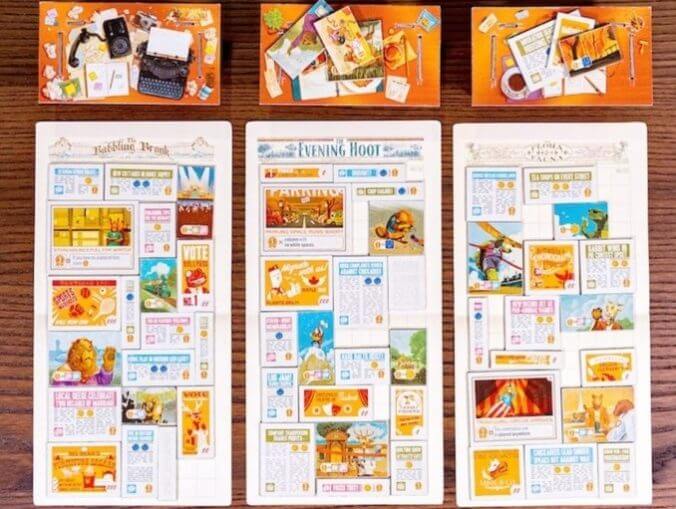
The latest game from the designer of Tiny Towns and Wormholes and the publishers of Calico and Cascadia, Fit to Print has a real-time component that makes it stand apart from most strategy games. Players are publishers of competing newspapers for woodland creatures and will publish Friday, Saturday, and Sunday editions, each a little bigger than the one from the day before, by placing tiles showing articles, photos, and ads. Articles have straight point values, photos have values if they’re placed next to matching articles, and ads get you cash you need to avoid elimination at the end of the game, as the player with the lowest total revenue for the game is automatically out. You also have to cover as much of your board as you can to avoid a penalty for the largest blank space in your paper, and balance happy and sad articles to keep readers satisfied. The real-time part comes when you grab the tiles from the table and lay them out on your board, which you can scale to suit your gaming group and your preferred level of chaos. You can play without the timers, of course, but I think they make the game far more entertaining—and they allow you to play an entire game in less than 30 minutes.
7. Splito
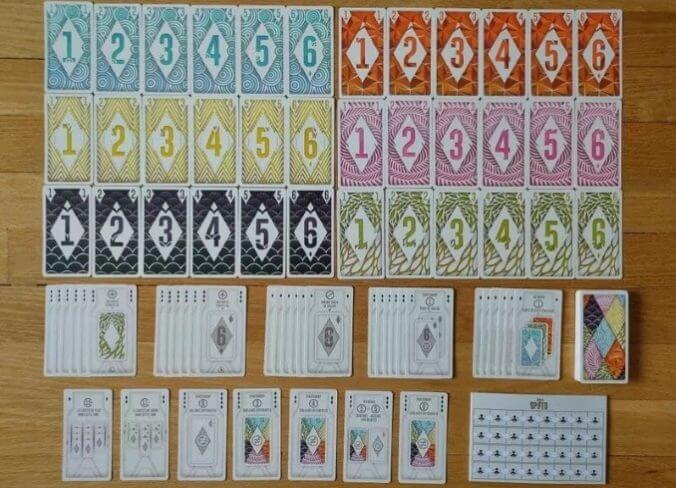
I’ve played this quick, small-box game with its maximum of eight players, and it plays incredibly well at that and any player count from three on up. Splito is semi-cooperative: You play with the players to your left and to your right during the game, collecting points from both sides, but only one player ends up the winner. The deck contains cards numbered 1 through 6 in multiple colors and objective cards that refer to those colors and/or values. On each turn, you play a card to your left or a card to your right; if it’s an objective card, then you and your neighbor must try to meet its criteria so you each get the card’s point value at game-end. It’s almost a party game because it plays so many people and has the kind of laughter-inducing play of that genre, but most party games are kind of dumb, and this one isn’t.
6. Daybreak
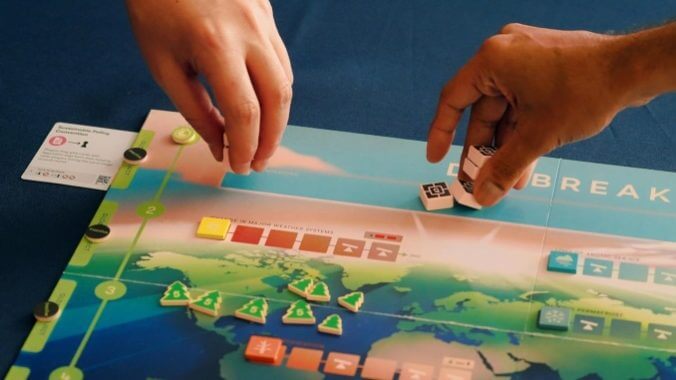
The latest cooperative game from the master of the genre, Matt Leacock, designer of Pandemic and the Forbidden games, this time with first-time designer Matteo Menapace in a cooperative effort (get it?), Daybreak tackles climate change by asking two to four players to play as different regions of the world and to reduce their carbon footprints, increase green energy production, and manage their populations. It’s a card-driven game where players can play those cards for their actions or use their symbols to make previously played cards stronger. You have six rounds to save the world, and after each of the first five, you have to try to sequester all of the carbon you’ve produced and deal with three or more crisis cards designed to make your life worse. It’s Leacock’s most challenging game yet, but also his most important.
-

-

-

-

-

-

-

-

-

-

-

-

-

-

-

-

-

-

-

-

-

-

-

-

-

-

-

-

-

-

-

-

-

-

-

-

-

-

-

-

